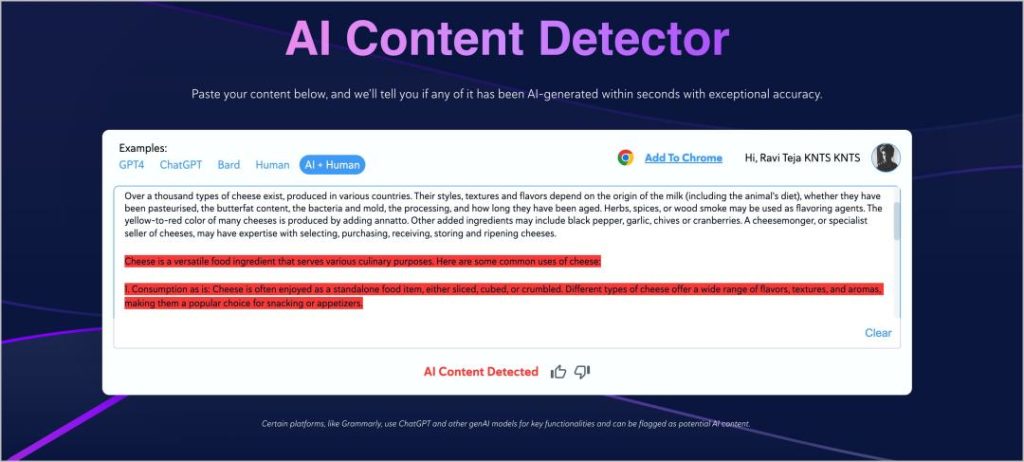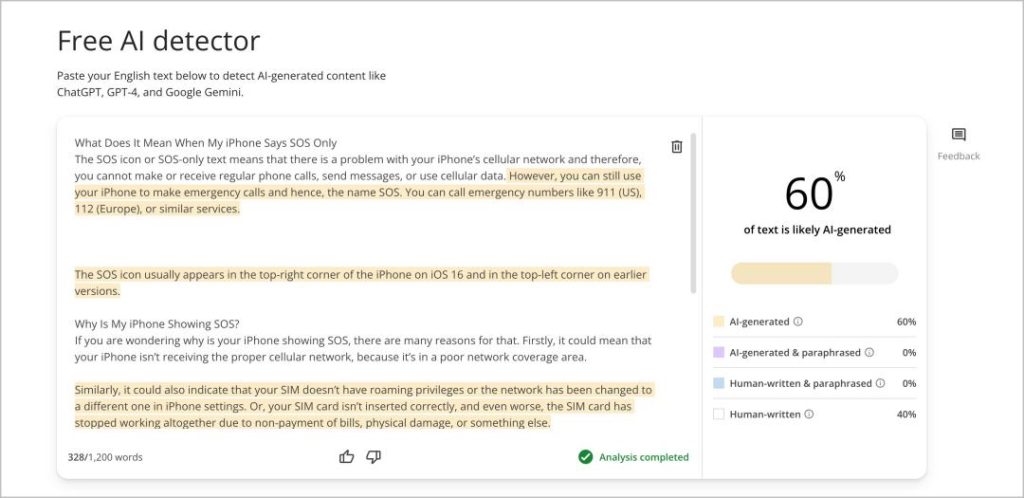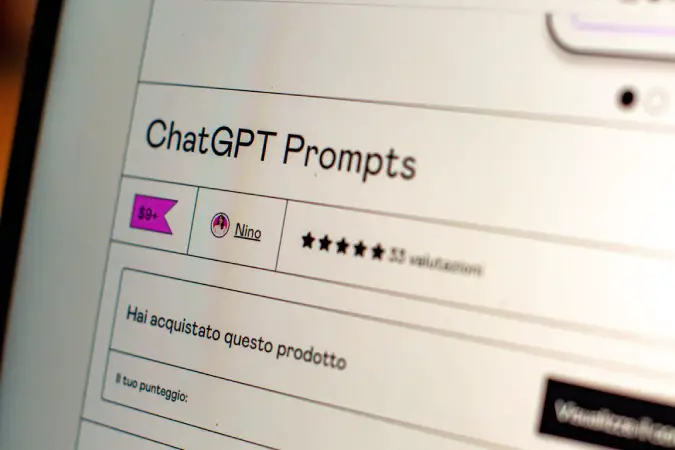[ad_1]
Received an email, assignment, or personal message that feels written by AI? Before you cross-question, some AI tools will help you check if the text is AI-generated or written by a human.
I tried a list of available AI content detectors from websites to Chrome extensions. These tools are not 100% accurate as language is complex and humans may write in a pattern similar to AI. After testing popular AI tools for detecting generated text and comparing results, here are the best that provided the most accurate results.
1. Copyleaks
Of all the tools I tried, Copyleaks offered the most accurate results in finding AI-generated content and is also free to use. There is a website and a Chrome extension for faster access. They say it works best for detecting ChatGPT and Gemini-generated text. But in our testing, it worked just as well with other language models like Claude.
Open Copyleaks website, paste the text, and click Check to view results.

Copyleaks not only shows you whether the content is AI-generated or not but also highlights the sentences that are possibly AI-generated. It also offers a premium subscription for multiple language support and Improved accuracy.
Pro Tip: Learn how to use Bing Chat to your advantage.
2. Quillbot
AI text detection is not completely accurate. To combat that, after checking text on Copyleaks, you can also check with the Quillbot for verification. Other than what Copyleaks offers, it has some additional features like showing the percentage of text that is likely AI-generated. However, there is a limit of 1,200 words for each check in the free version.
To check, open the Quillbot AI detector, paste the text, and click on the Analyze text.

Quillbot also has a premium subscription that removes the word limit, preventing accidental plagiarism, etc.
3. Originality AI
Originality AI is a paid tool that offers AI detection with a plagiarism checker, fact checker, and readability scanner. It is also more accurate, shows the percentage of possible AI content, and confidence level in predicting. One feature that separates this tool from others is the input options. You can provide a web link to scan, upload a file, or even provide the website URL to scan the entire website.
1. Open Originality AI and sign in. You get 25 credits as a starting bonus.
2. In the Dashboard, click on Content Scanner > Start New Scan and paste the text in the text field, enter the webpage URL, or upload a file.
3. Select the AI detection model. Choose the latest model for improved accuracy. Currently, we like the Turbo 3.0 model over the standard model. However, we didn’t find much difference during our testing.
4. Click on Scan Now to begin scanning and the tool will tell you if the text is AI-generated or human-written.

Each scan can take around 7 credits depending on the length of the text. You can buy more credits starting from 3000 credits for $30.
Did You Know: Here are 25 things that you can do using ChatGPT.
How Accurate Are Al Tools at Detecting Ai-Generated Text
I compared 10 AI-generated texts and 10 human-written texts to check the accuracy of all tools. I found that the above three AI tools were better at finding generated text.
Here are the results showing how many times they were able to predict the type of content:
| Copyleaks | Quillbot | Originality AI | |
|---|---|---|---|
| AI-generated Content | 9/10 | 8/10 | 9/10 |
| Human-written Content | 8/10 | 9/10 | 6/10 |
Irrespective of the number these tests show, we noticed that Quillbot generally sides towards predicting the text is human-written, while Originality AI predicts it can be AI content more even if it is not.
What Are Other Options
There are a few other AI tools that do a similar job of detecting AI-generated content with good accuracy. So if you prefer to cross-reference, here they are in no particular order:
- GPTZero: The prediction is fairly accurate and displays a confidence score for each prediction.
- Scribbr: Each scan is given a ‘percentage of chance’ that the text is generated by AI.
[ad_2]
Source link
